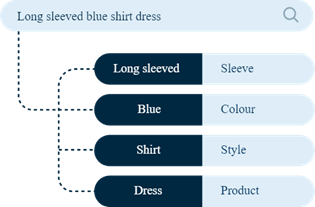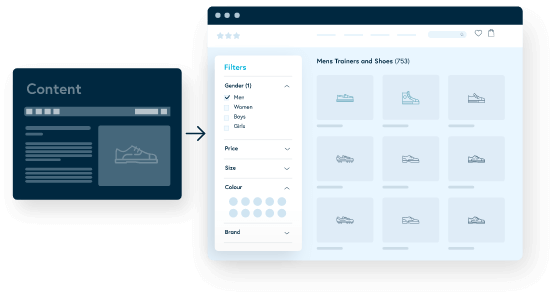Ecommerce
Introduction
ECommerce is skyrocketing with the deep penetration of technology and the conveniences it offers. The current (Year 2021) market share is US $4.2 trillion and forecasted to be US $6.5 trillion for the year 2023. A large chunk of the population is yet to start using the Internet. In addition to this most of the sellers either have very little technological knowhow or don’t have their presence online. Only 10% of the retailers are part of the eCommerce industry. This industry has immense growth potential as every other day new sellers are joining with new product categories.
Product Categorization
Product categorization is often termed as product classification, where simmer types of products are grouped together. This is one of the challenging problems to solve for any ecommerce company. By using advanced AI technologies, companies were able to address the problem to some extent.
At a high level, product categorization may sound very simple but when we consider the volume of products, this simple task becomes very difficult. Furthermore, there could be many products, which belong to multiple categories.

For example:
Clothing, Shoes & Accessories > Men’s Shoes > Men’s Sports Shoes
This could also follow the path:
Sporting Goods > Cricket Equipment > Shoes > Men’s Cricket Shoes
Product categorization is important for ecommerce and marketing for many reasons. With accurate product classification, conversion rates increase along with strong search results and improved Google ranking.
Smooth User Experience: It has been observed that approx. 99% of the users don’t buy a product on the first visit. They prefer to explore various websites to get the best deal. Once they are convinced, they purchase the product from the site, which offers the best price as well as the best shopping experience. A well-built product taxonomy helps customers to
navigate and find the products easily. A site with easy navigation is one of the most important elements of the UX and leads to higher conversion rate.
Improved Search Results: Accurately categorized products allows search engines to fetch products quickly, as they don’t have to search the entire dataset, rather a specific category. As a result, users get to see more accurate and quicker search results. A strong search engine gives an astounding user experience as this is one of the first elements an user interacts with.
Improved Google Ranking: Studies show that approx. 35% of the users searched for products in Google, instead of directly accessing the site. Accurate taxonomy helps to create separate landing pages, which can be indexed by the search engines like Google, and products can be found easily. This increases the chance that customers find the site.
Foiwe’s Offering
Many sites contain incorrect product classifications and catalog images. This is mainly because merchants often require inputting their product information and categories manually and there is nobody to verify. Furthermore, for the same product, multiple merchants select different categories.
For automating this process not only accurate dataset for categories is required to train the AI models, but also frequently need additional datasets to retrain with addition of new categories.
When there are hundreds of millions of products in the catalogue, even a 1% increase in accuracy and proper display image catalog, can lead to significant increase in conversion rate.
Foiwe’s dynamic and highly scalable moderation team helps companies to create their training dataset and also to keep it up-to-date. Along with this Foiwe also offer QA services, to keep a tap on the accuracy of the models and platform
- Product Image Classification – Our experienced team, along with categorizing, also check that only the best images make it to the product catalog.
- Product Title & Description Categorization – Our multilingual team is ready for your text-based product classification. We help to generate high quality dataset to ensure the product categorization model gets a strong starting point.


